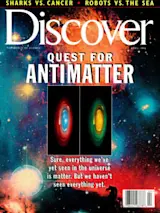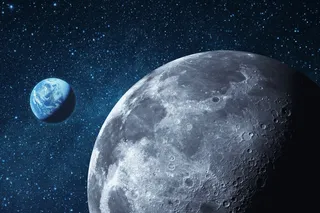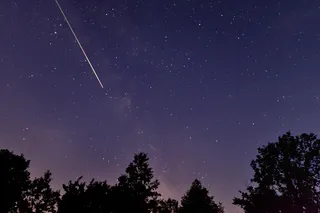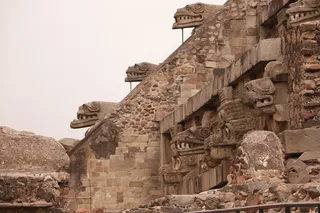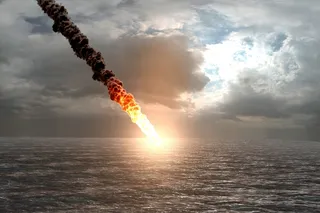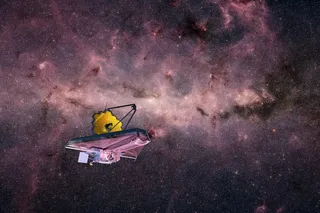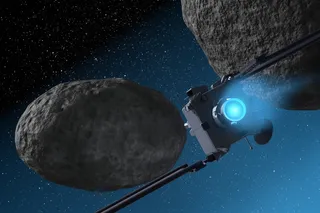If this were some 1950s sci-fi thriller, the Doomsday Cloud would loom dark and ominous in the evening sky. Each night, more and more stars would wink out along its edges. The cloud would sweep past Jupiter, swallowing it whole, and race on toward Earth. There’d be an inky darkness at noon. And so on.
I don’t like the doomsday business, the killer cloud, all that stuff, says Priscilla Frisch, a University of Chicago astronomer who has spent decades studying the wispy matter that lies between stars. And no, nothing is going to blot out the sun. But recent observations and numerical simulations suggest that eventually (in a few millennia, maybe) the solar system will plow into a cloud of gas and dust a thousand times denser than the space we travel through now. This soupy cloud will reduce the sun’s sphere of influence until most of the outer planets ...


